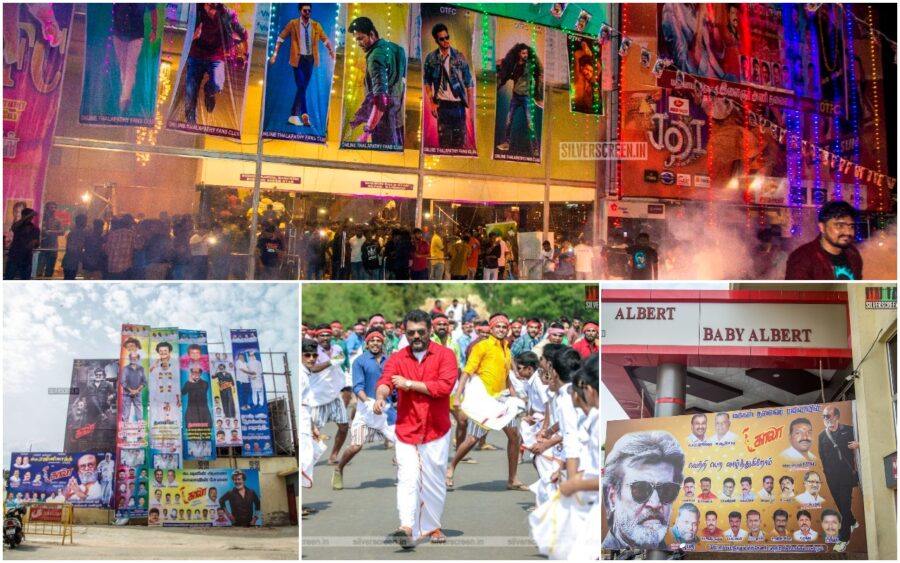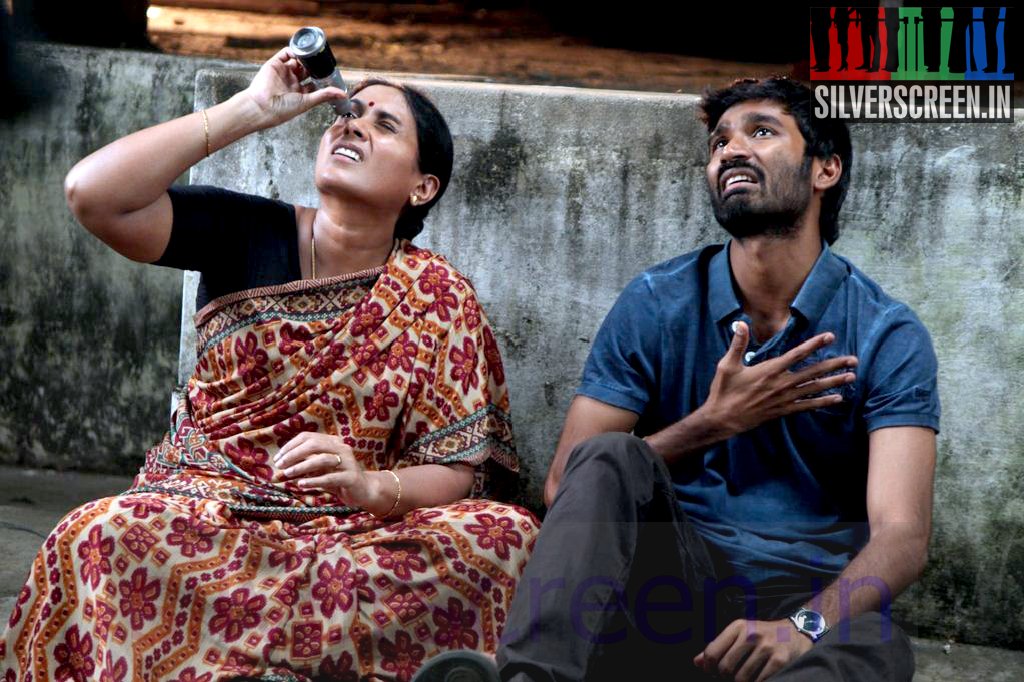The Tamil Nadu Theatre And Multiplex Owners’ Association recently issued a statement in which it categorised films of various stars into a three-tier system. Tier 1 – the top one, will be the releases of Rajinikanth, Ajith, and Vijay. Tier 2 will be films of stars such as Suriya, Vijay Sethupathi and Dhanush, among others. The last tier will be films of all the other stars in Tamil cinema. This categorisation was to decide revenue sharing with producers, a move that has resulted in a tussle between the two bodies.
Today, veteran director Bharathirajaa issued a statement that any decision to this effect would crush producers. He wanted theatre owners to discuss issues with the nine-member ad-hoc committee appointed by the State Government to govern the Tamil Film Producers’ Council, before taking any final decision.
Two main issues have cropped up in the statement by theatre owners. The first is the slotting of actors in various categories based on how their films earn, and the second is that this is a unilateral call, taken without consulting producers. A third is what is not being spoken aloud — women feature nowhere in the list. This despite Trisha and Nayanthara having headlined films that have gone on to do well, critically and commercially.
To this, a veteran theatre owner apologetically said: “Heroines have no market on their own. They will fall in the lowest category of 50 per cent share.” That’s a fight for another day.
Right now, it is a clear case of two sets of people taking on the other, over perceived injustice. As per the theatre owners’ statement, which its President Tirupur M Subramaniam says was never meant for public consumption, the top bracket has been reserved for Rajinikanth, Ajith and Vijay, whose films will see a producer’s share of 60, 55 and 50 per cent in the first, second and third weeks respectively in A centres. In other centres, this will go up to 65, 60 and 55 percent.
In the second rung are actors such as Suriya, Jayam Ravi, Dhanush, STR, Sivakarthikeyan and Vijay Sethupathi, who will see a producer’s share of 55, 50 and 45 per cent in A centres in the first three weeks, and 60, 55 and 50 per cent in other centres for the first three weeks, respectively. Glaring omissions include Vikram (who has a clutch of movies, though some of his past films have not done well), Jiiva and Karthi, who has had a big hit in the recent past with Kadaikutty Singam. The others’ category is capped at 50, 45 and 40 per cent for the first, second and third weeks, without any distinction between A and B centres.
Speaking to Silverscreen, Subramaniam said that some names had been left out by mistake, and that if the intention was to issue a public statement, it would have been worded differently. “If you notice, this is an internal circular, where we suggest that members would benefit if they followed this system. It is not an order that they have to follow.”
Asked for the reason for the sudden move, when their statement itself mentions that the industry is thriving, he said that the expenditure is immense, in the form of taxes and maintenance and salary hikes, and that they can combat that only this way. “Also, in no other state do theatre owners offer more than 60 per cent share. In Kerala, it is capped at 60. In Karnataka, it is 50 per cent, and other than multiplexes, the rest are hired for the duration of a movie. In Andhra and Telangana, you won’t find such terms. Here, sometimes, producers want even 75 per cent. For Sarkar, some of our members paid that percentage! When English films made at a budget of 2,000 crores ask only for 60 per cent, why are we being asked to pay extra for films made at a lesser budget?” He says that in 2019 only Pettai, Viswasam, Thadam and Kanchana 3 have brought in some money to the entire distribution chain.
Following Bharathirajaa’s statement, it is expected that theatre owners and producers will meet soon to iron out differences. The theatreowners’ association, meanwhile, plans to meet with all members in Tiruchi in June before a final call is taken on the issue. Subramaniam feels that even if they manage a five percent reduction in the sharing ratio, it will be of huge benefit.
Recommended
A producer, on condition of anonymity, insists that these new rates won’t be beneficial for their fraternity, 95 per cent of whom are on their last legs. “We are extensively burdened and can’t take on this too. Theatre owners make the most in the distribution chain. They earn from tickets, maintenance charge of Rs. 4 a ticket, a share from online booking agencies, revenue from advertisements, car parking, hoardings and the food outlets. It’s a high-profit zone and everyone with some money to spare is either building or leasing theatres. Everyone is getting out of distribution and getting into screening now. The weekends are like a carnival. Plus, in non-metros, tickets are still not computerised. You never really know the real earning. If this decision is not left unchecked, they will become a cartel and all competition will be killed,” he says.
Many producers who share a close bond with actors feel terrible about the inclusion and exclusion of some names. “Slotting actors is not the right thing to do. On the one hand, we talk of getting stars to reduce fees, and on the other we help perpetuate a star-ranking system. How will the cost of making a film ever turn reasonable?” asks one of them.



